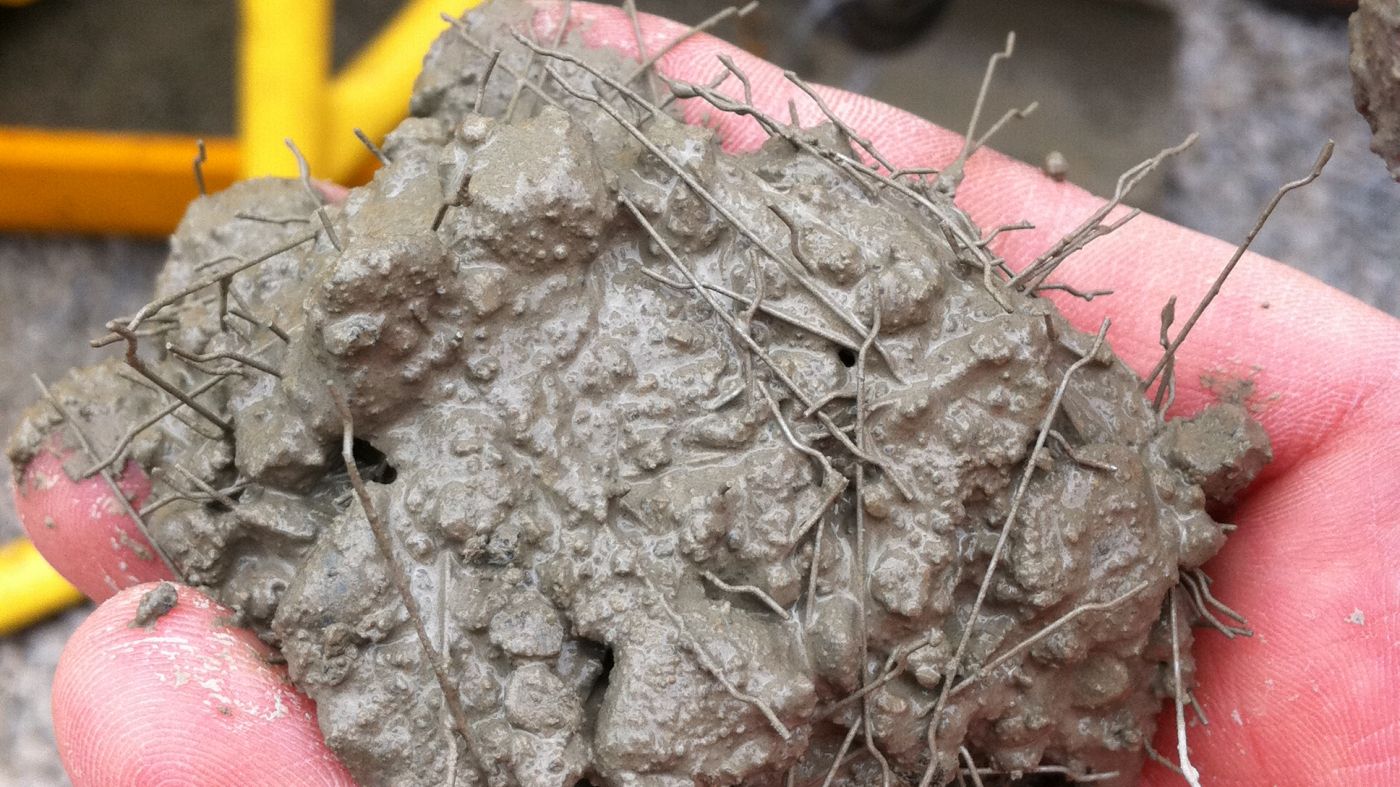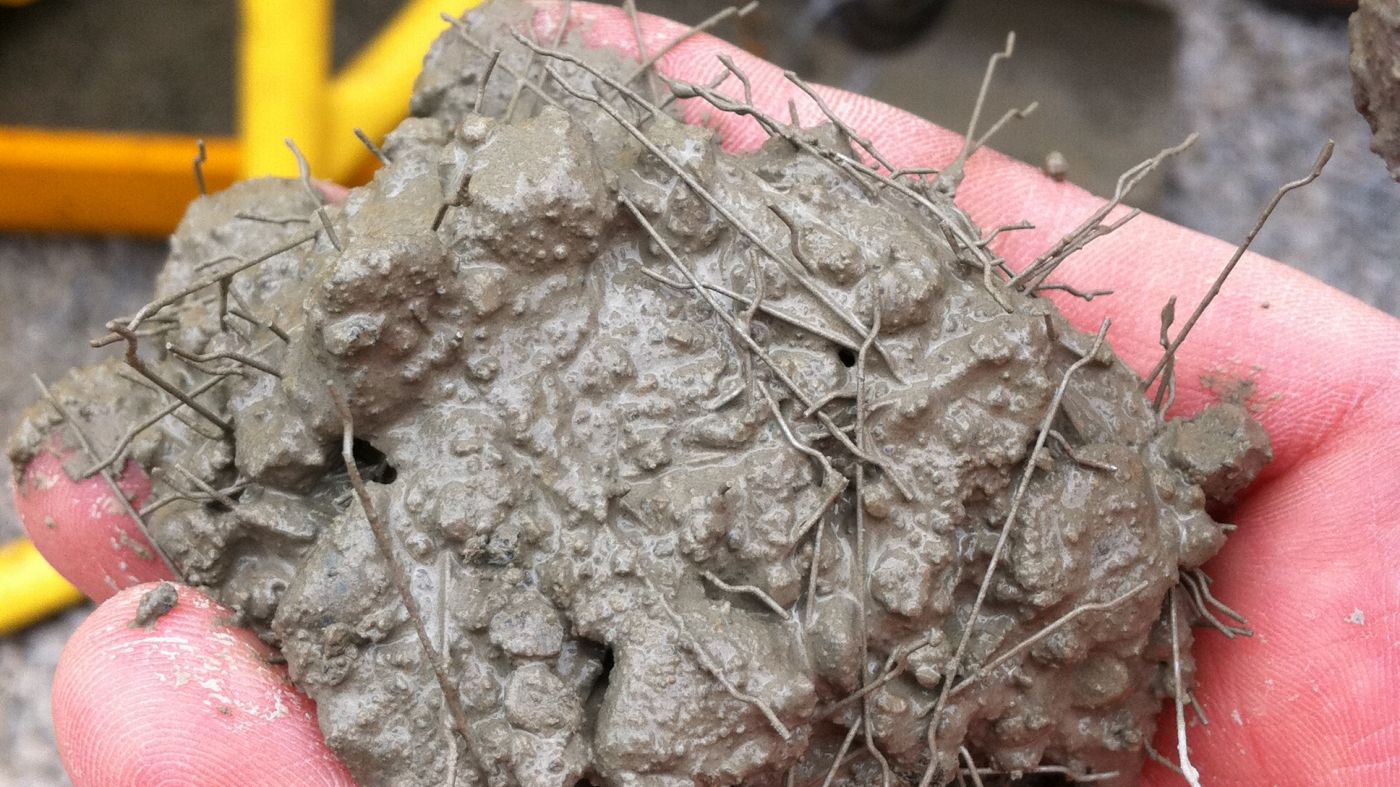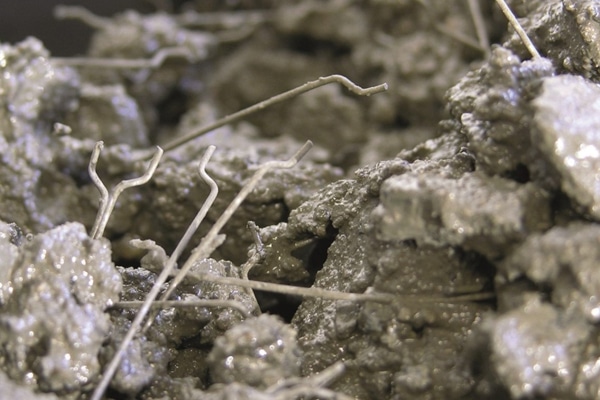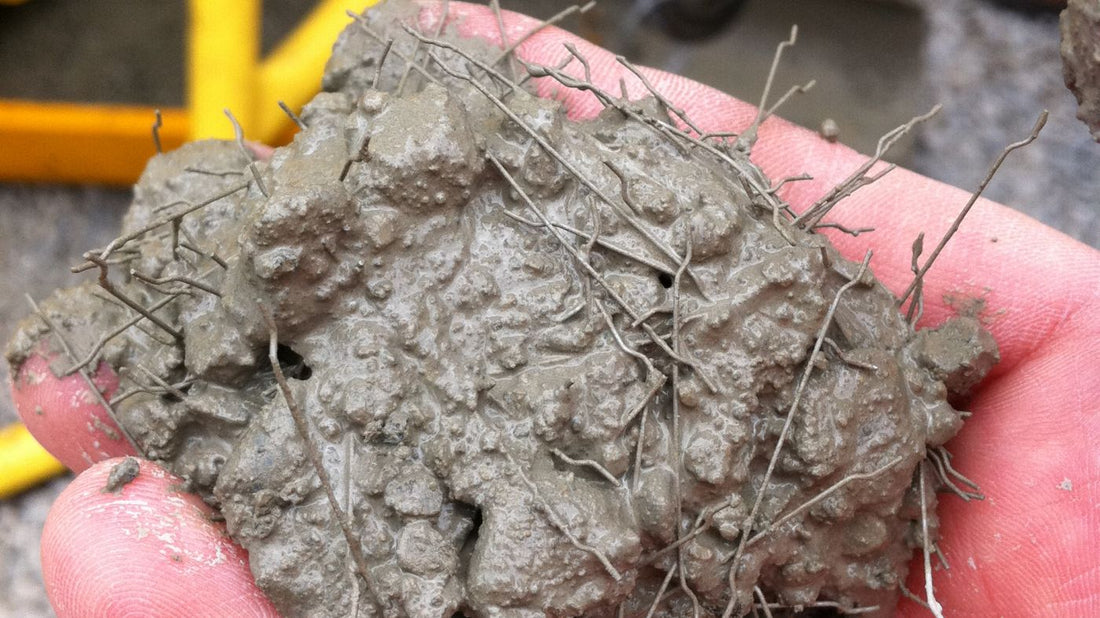Steel fibers are generally made from steel wires twisted into threads. These wires are then wound onto a mandrel and heated to obtain the desired shape. Steel wires are added to the concrete mix before being poured into the mold to produce steel fiber reinforced concrete (SCRFA).
Steel fibers can be used alone to create a material with different properties, or they can be combined with other materials such as carbon fiber, fiberglass and plastics.
Due to its high strength-to-weight ratio, CRFA can be lighter and stronger than traditional reinforced concrete.


It is also more resistant to corrosion than steel and has good flexural strength. SFRC has several different properties compared to traditional reinforced concrete:
1) Steel fibers help absorb water so that the material is less damaged by freezing and thawing, increasing its durability.
2) Steel fibers trap air and increase the compressive strength of the material while providing some insulation.
3) Steel fibers can increase the flexural strength of concrete.
4) The greater surface area of steel fibers increases the heat transfer rate.
Steel fiber concrete is not a new material and has been used in construction for over 100 years. SFRC has been used in construction since the 19th century, when it was first introduced in England.
Today this material continues to be used in many countries. CRFA is currently the most common type of reinforced concrete, as it has many advantages over traditional reinforced concrete, such as greater compressive strength and smaller crack widths.
Structural advantages of steel fiber concrete
The following structural advantages of the SFRC can be identified:
1. Weight Saving: Steel fiber concrete is a lightweight aggregate that reduces structure weight and provides cost and energy saving benefits compared to traditional concrete construction without significant differences in performance.
2. Insulation performance: Fiber reinforcement reduces the total number of voids per unit volume, including interconnected voids. In this way, cracking and water penetration into the system are reduced, resulting in a corresponding increase in durability.
3. Long service life: Steel fiber concrete is a durable building material with a significantly longer service life than conventional concrete.
4. Non-slip: Steel fibers guarantee the stability and grip of the material and reduce the wet/dry factors and roughness that reduce friction on the floor.
5. High durability: Steel fiber concrete is highly durable, long-lasting, fire retardant and is often used as an exterior wall in structures such as commercial buildings.
6. Excellent sound absorption: SFRC's sound absorption properties are excellent, in part due to the lightweight padding that absorbs sound energy from passing cars or trucks at night when traffic volume is lower, helping the building.


Furthermore, the following additional advantages of using this type of concrete should be highlighted.
- Produce strong, durable concrete
- High resistance to shear, torsion and compression
- High flexural and tensile strength
- Minimize the risk of concrete cracking
- High impact resistance
- Economically
Steel Fiber Reinforced Concrete Bursting Strength Studies and Design Considerations
SFRC is a type of composite material used in the construction industry. It usually consists of steel fibers, a binder and other additives. The strength of the material depends on the type of steel fibers and the relationship between steel fibers and concrete.
Steel fiber concrete has been tested for its breaking strength for many years. As research progressed, it became clear that certain design considerations must be taken into account when developing this type of material.
These considerations include the relationship between steel fibers and concrete, which must be optimized for each project, the use of different types of steel fibers, and the use of additives such as water reducers or air-entraining agents.
To calculate the breaking strength of a fiber-reinforced concrete slab, it is necessary to know the relationship between steel fibers and concrete, as well as the size of the fibers.
However, keep in mind that this calculation may be different for each project as there are many design considerations that need to be taken into account.
How steel fiber concrete differs from conventional reinforced concrete structures
SFRC is a new type of steel fiber reinforced concrete. It is used in construction to make buildings and bridges more resistant to earthquakes and other natural disasters.
CRFA is different from traditional reinforced concrete structures because it has different characteristics. SFRC is much lighter than normal reinforced concrete, which means it can be used in more weight-sensitive areas such as bridges or viaducts.
Furthermore, its resistance is much higher than that of traditional concrete, so its use in seismic areas can make buildings and bridges safer. Reinforced concrete is typically more expensive to produce than SFRC because the reinforcing wires must be custom made.
However, the cost and time required to reinforce a building with traditional concrete can be much higher than with CRFA. Reinforced concrete must be assembled and shaped manually, which takes much longer. This additional work also increases costs.


University Degree
The future of steel fiber concrete is bright. The material is not only durable, but also economical and environmentally friendly.
Steel fiber concrete has numerous advantages that make it more attractive for future construction projects.
SFRC is an exciting new construction material that offers many advantages over traditional reinforced concrete. Steel fiber reinforcement not only gives the material more strength, but also facilitates the connection and production of other construction materials.
Steel fiber concrete can be used in almost all types of buildings, from bridges to buildings. Therefore, the possibilities are endless. It is estimated that this new construction material will replace traditional reinforced concrete in the future, as steel fibers can be easily incorporated into concrete during concreting.
Steel fiber concrete has many advantages that make it a more desirable choice for future construction projects. The disadvantages of SFRC such as impact on the workability of concrete, inadequate mixing, difficulties with concrete etc. they will also improve over time and help increase the attractiveness of the offering in the future.

